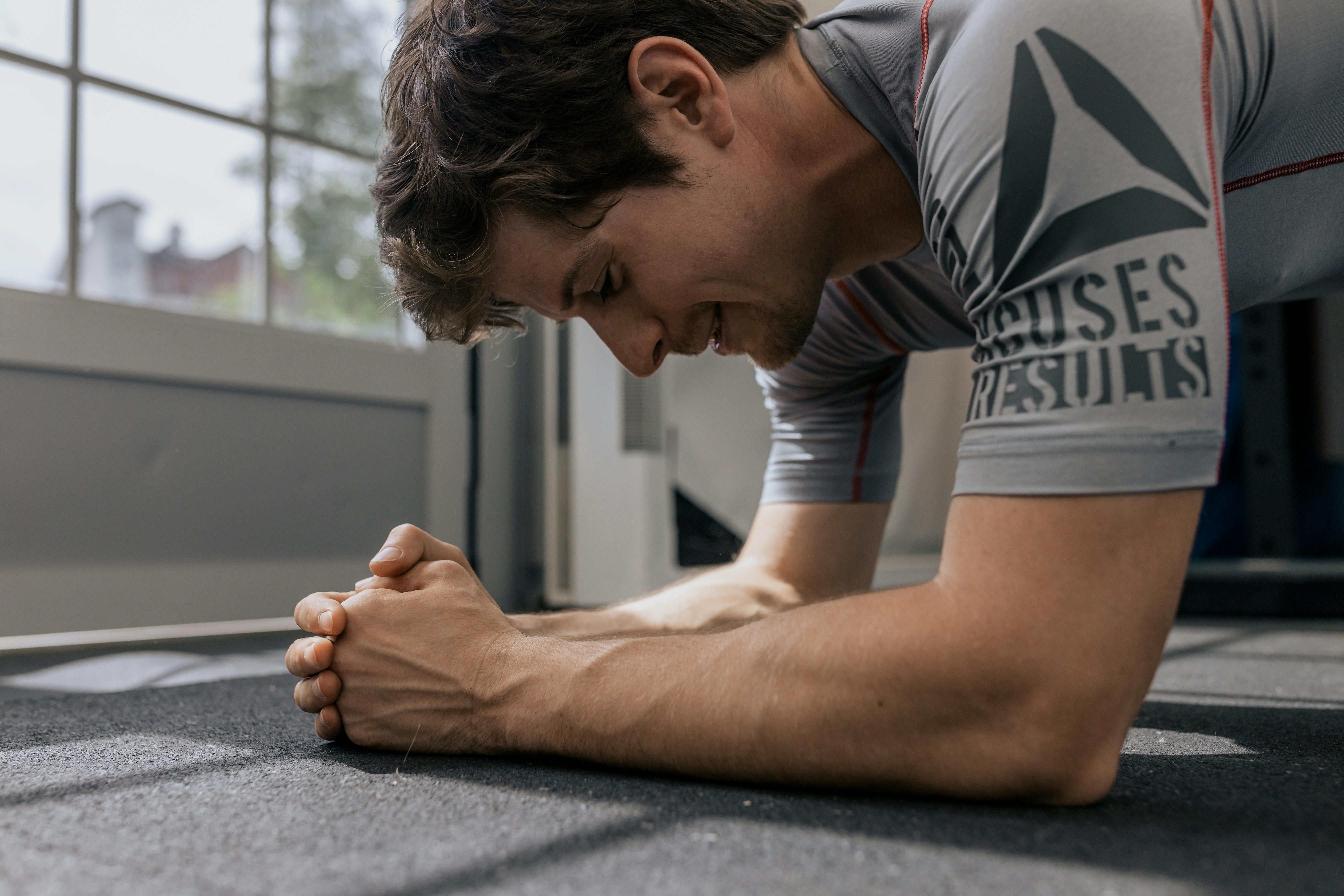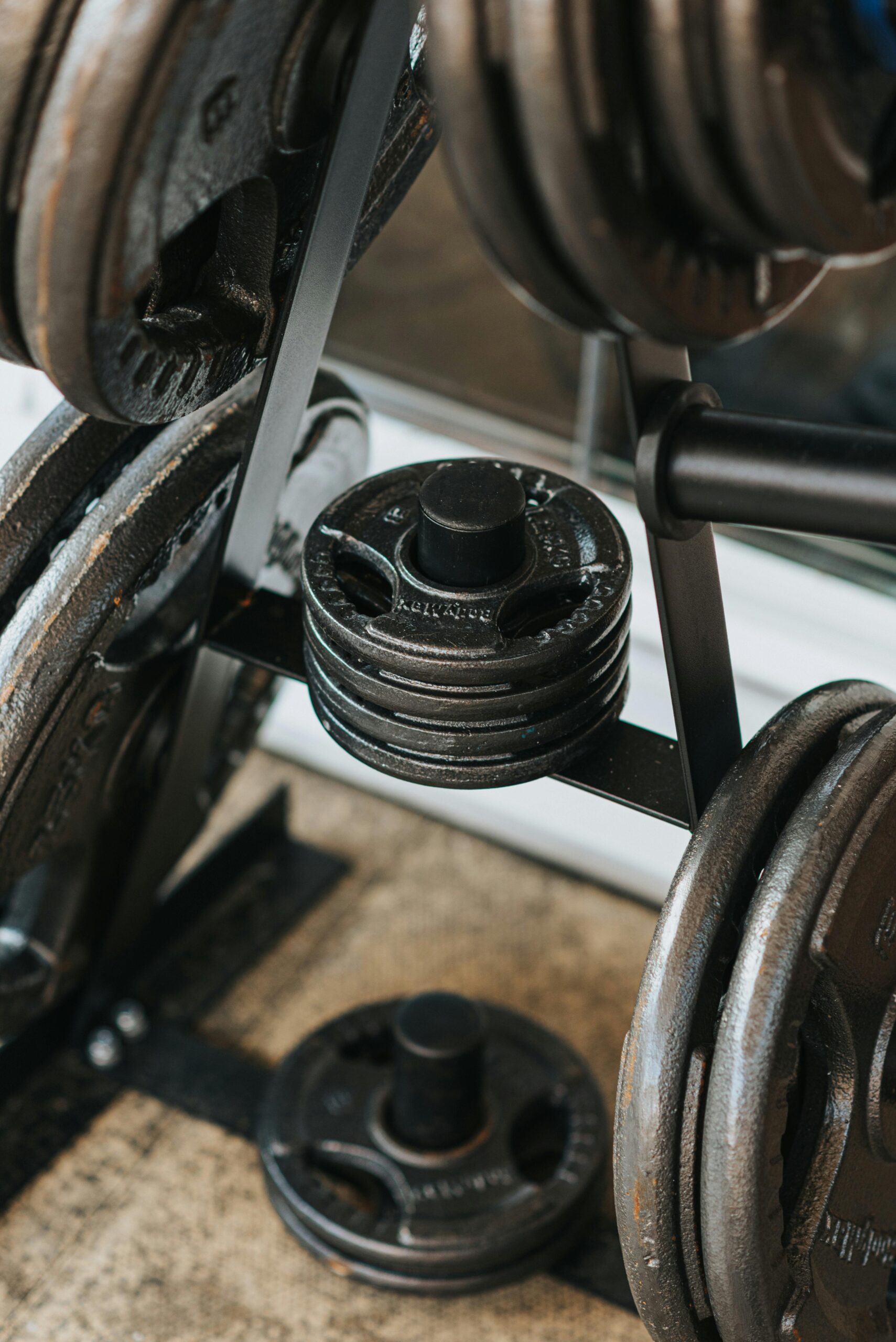Effective Push-Pull Training Plan: Achieve Results in 2025 with Proven Methods!
As individuals increasingly seek to enhance their fitness levels, a well-structured training plan becomes essential for achieving desired results. The push-pull training method has garnered significant attention due to its effectiveness in building strength and muscle mass. This training modality divides exercises into two categories: push movements (exercises where you push weight away from your body, like bench presses) and pull movements (exercises that involve pulling weight towards your body, such as rows). This article will explore a comprehensive push-pull training plan that can be kick-started in 2025. Additionally, we will delve into essential concepts like repetitions, sets, training frequency, and nutrition strategies that can optimize your fitness journey.
The key benefits of implementing a push-pull program include improved muscle hypertrophy, better recovery times, and the ability to align training with various fitness goals, whether you’re focusing on strength, endurance, or muscle definition. Joining us, we’ll navigate through the components of an effective training split and how to adjust it based on individual progress. By the end of this article, you’ll have actionable insights to embark on your push-pull training journey, ensuring you stay motivated and disciplined along the way. Let’s dive into the essentials of crafting an effective push-pull training program!
Key Components of a Successful Push-Pull Training Plan
A successful push-pull training plan incorporates several crucial elements including exercise selection, sets and repetitions, training frequency, and nutrition. Understanding these components allows for a tailored approach that can enhance physical performance while meeting personal fitness goals. Building on these fundamentals, let’s unfold the key aspects for a thriving training plan.
Exercise Selection: Balancing Push and Pull Movements
To maximize effectiveness, a balanced selection of exercises targeting push and pull movements is paramount. Push exercises, such as bench presses and shoulder presses, enhance upper body strength, while pull movements like deadlifts and pull-ups focus on building back and arm muscles. Incorporating lower body exercises like squats and lunges also rounds out the regimen for complete physical development.
For example, a balanced routine might include:
- Day 1: Push – Bench Press, Overhead Press, Tricep Dips
- Day 2: Pull – Pull-Ups, Bent-Over Rows, Bicep Curls
- Day 3: Legs – Squats, Lunges, Deadlifts
This rotation not only provides muscle engagement but also facilitates recovery, preventing overuse injuries. Common mistakes to avoid include neglecting certain muscle groups or excessively repeating the same movements, which can lead to muscular imbalances.
Repetitions and Sets: Optimize Training Volume
The structure of repetitions and sets significantly influences training outcomes. For hypertrophy, aim for 3-5 sets of 8-12 repetitions per exercise. This range strikes a balance between sufficient volume and intensity to promote muscle growth.
Furthermore, implementing variations like pyramids or super sets can increase training density. For instance, engaging in a super set combining a push and a pull exercise (e.g., bench press immediately followed by bent-over rows) can elevate heart rate and enhance caloric expenditure.
Monitoring training volume and tracking progress through a training diary can highlight improvements in strength, power, and endurance over time.
Training Frequency: Establishing the Right Routine
Determining optimal training frequency is essential for effective progression. Novice lifters may benefit from a 3-4 day push-pull split per week, whereas advanced athletes may thrive on a 5-6 day routine to maximize strength gains and muscle hypertrophy.
It’s crucial to incorporate rest days to allow sufficient recovery. A typical frequency schedule could involve training thrice a week with additional flexibility to adjust based on personal recovery rates and lifestyle factors.
Integrating Nutrition with Your Training Program
Connecting nutrition with a push-pull training plan is vital for achieving fitness goals. With these basics established, let’s explore how diet complements your workout regimen. Proper nutrition aids in muscle recovery, growth, and performance enhancement.
Building a Balanced Meal Plan
A well-rounded meal plan should include an adequate mix of macronutrients: carbohydrates for energy, proteins for muscle repair, and healthy fats for sustained energy levels. Aim for a protein intake of approximately 1.6-2.2 grams per kg of body weight, which aligns with substantial fitness goals.
Besides macronutrients, timing your nutrition can play a crucial role. Consuming a combination of protein and carbohydrates post-workout can foster quicker recovery. Examples include:
- Grilled chicken with quinoa and veggies
- Greek yogurt with fruits and nuts
- Protein shake with bananas post-training
Tracking your nutritional intake through a food diary or app can improve awareness of daily habits and assist in making adjustments that fit your training needs.
Hydration and Recovery: Essential Components
Hydration is often underestimated in a training regime. Maintaining adequate hydration is crucial, particularly during intense workouts, to support overall performance and recovery. Aim for at least half of your body weight in ounces of water daily, and more during intense training sessions.
In addition to hydration, incorporating rest days and adequate sleep (7-9 hours) is vital for muscle repair and growth. Implement fluid recovery strategies and techniques like foam rolling or stretching to enhance flexibility and reduce injury risks.
Monitoring Progress for Continuous Improvement
To ensure you’re on the right path, regular monitoring of training progress is key. Following this approach, let’s emphasize the importance of tracking performance metrics and adjusting your training plan accordingly.
Jaunting Your Progress and Adjusting Your Plan
Utilizing a training log to record weights lifted, reps completed, and overall workout assessments can identify patterns in performance. This process also makes it easier to recognize when to increase load, adjust repetitions, or change exercises entirely.
Furthermore, consider utilizing fitness technology, such as wearables or apps, that provide insights into training frequency, intensity, and recovery—ensuring you stay informed about your physical responses.
Setting Achievable Goals for Motivation
Goals are powerful motivators in fitness. Setting SMART (Specific, Measurable, Achievable, Relevant, Time-bound) goals can help maintain focus and enthusiasm. For instance, aiming to increase weight lifted on bench presses by 5% in a month can serve as a tangible benchmark for growth.
Common mistakes to sidestep include vague objectives like “getting stronger” without a specific timeframe. Instead, think of clear timelines that prompt meaningful progress checks.


Incorporating Functional Training Techniques
Moreover, integrating functional training into a push-pull regimen can enhance athletic performance and body mechanics. This naturally leads us to discuss core exercises and mobility training that complement traditional weightlifting.
Building Core Stability
Engaging in exercises such as planks, medicine ball twists, and stability ball movements promotes core stability, which is essential for performing both push and pull exercises efficiently. A strong core contributes to improved lifting techniques and reduces the risk of injuries.
Enhancing Flexibility and Mobility
Incorporating flexibility routines into your training regimen aids body mechanics and reduces injury risk. Implement dynamic stretching prior to workouts and static stretching within a cool-down routine. For instance, hip flexor stretches and shoulder dislocates can improve overall range of motion.
Conclusion: Embracing the Journey to Fitness Success
In summary, a well-crafted push-pull training plan encourages balanced muscular development and efficient recovery strategies while integrating essential nutrition principles. The key components covered in this article empower athletes of all levels to design effective routines that align with their fitness goals. Consistent monitoring and adaptation create a sustainable path toward muscle growth and performance enhancement. Embrace your personal fitness journey with discipline, motivation, and determination—results will follow!
For additional resources and insights on fitness training, consider exploring this article and this guide to enrich your knowledge!
